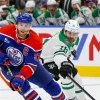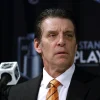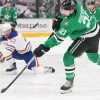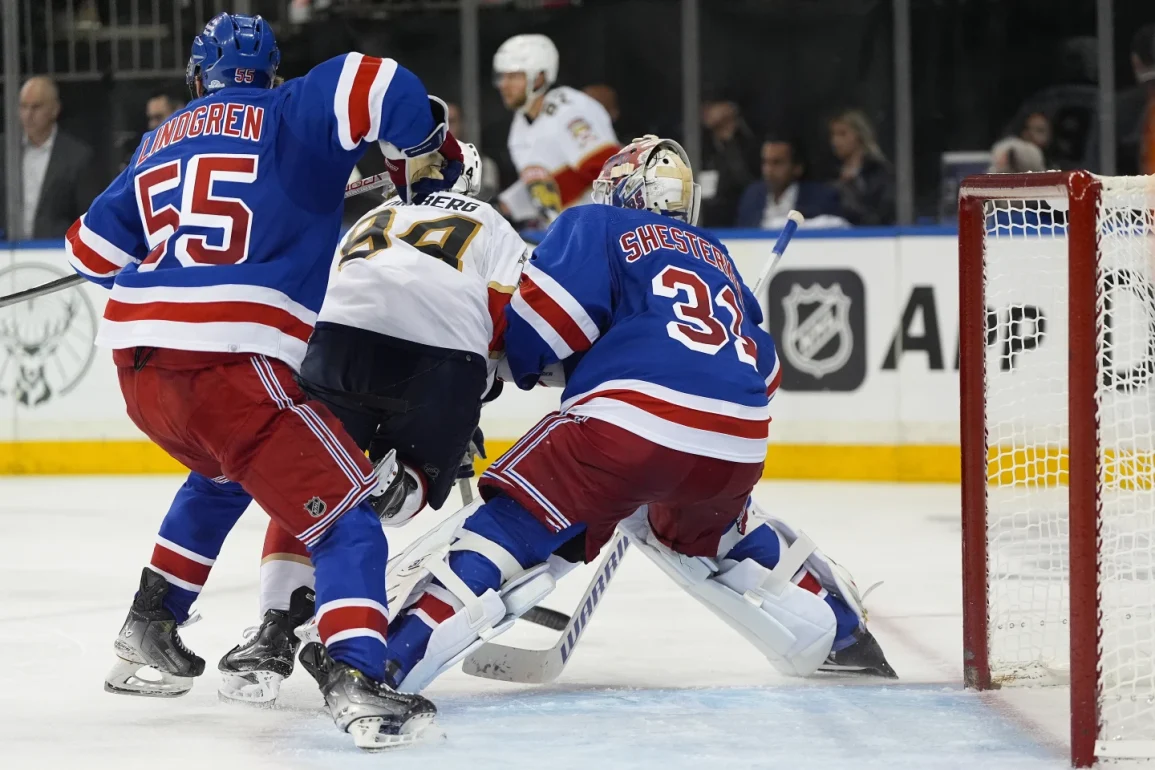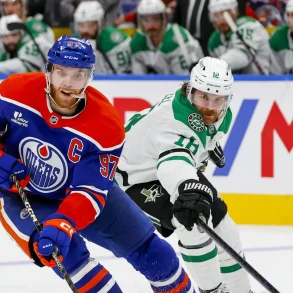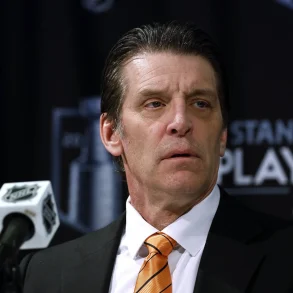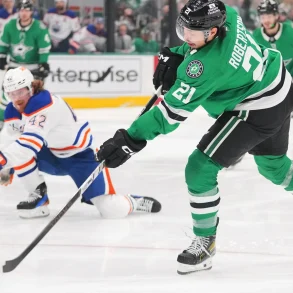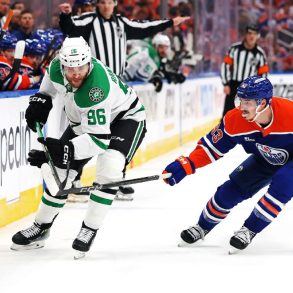Earlier, during what is likely to be his third Vezina Trophy-winning season, Connor Hellebuyck pretty much gave up trying to figure out exactly what counts as goaltender interference.
Winnipeg’s star goaltender has been involved in competition committees. He has given presentations and shared video clips to help explain what should or should not be considered interference. Still, he is confused about what is or isn’t interference — and he’s not the only one.
“I’ve really tried my best to help over the last four or five years,” Hellebuyck said after a goaltender interference challenge went against him and the Jets in a fall win. “I’ve tried to help. I’ve tried to make it more clear.”
Just because your favorite NHL goaltender gets bumped, nudged, pushed, crashed into, falls with injury, or even loses their helmet when a goal is scored, it doesn’t necessarily mean it will be called goaltender interference.
Sometimes it will be, and sometimes it won’t count after video review, like when the New York Islanders had a potential game-winning goal against Columbus disallowed on Monday night, much to the disappointment of coach and Hall of Fame goalie Patrick Roy.
Goaltender interference was a major topic at the general managers’ spring meeting last week, with agreement on decisions made in the situation room for 52 of the 54 video clips shown, and many “colorful discussions,” as senior executive VP of hockey operations Colin Campbell put it. Commissioner Gary Bettman said the consensus reached showed a vote of confidence from the GMs.
“All the debates about consistency and not understanding, the managers understand fully well,” Bettman said. “There was only one that was unanimous, which tells you that it is a judgment call and there’s going to be lots of opinions.”
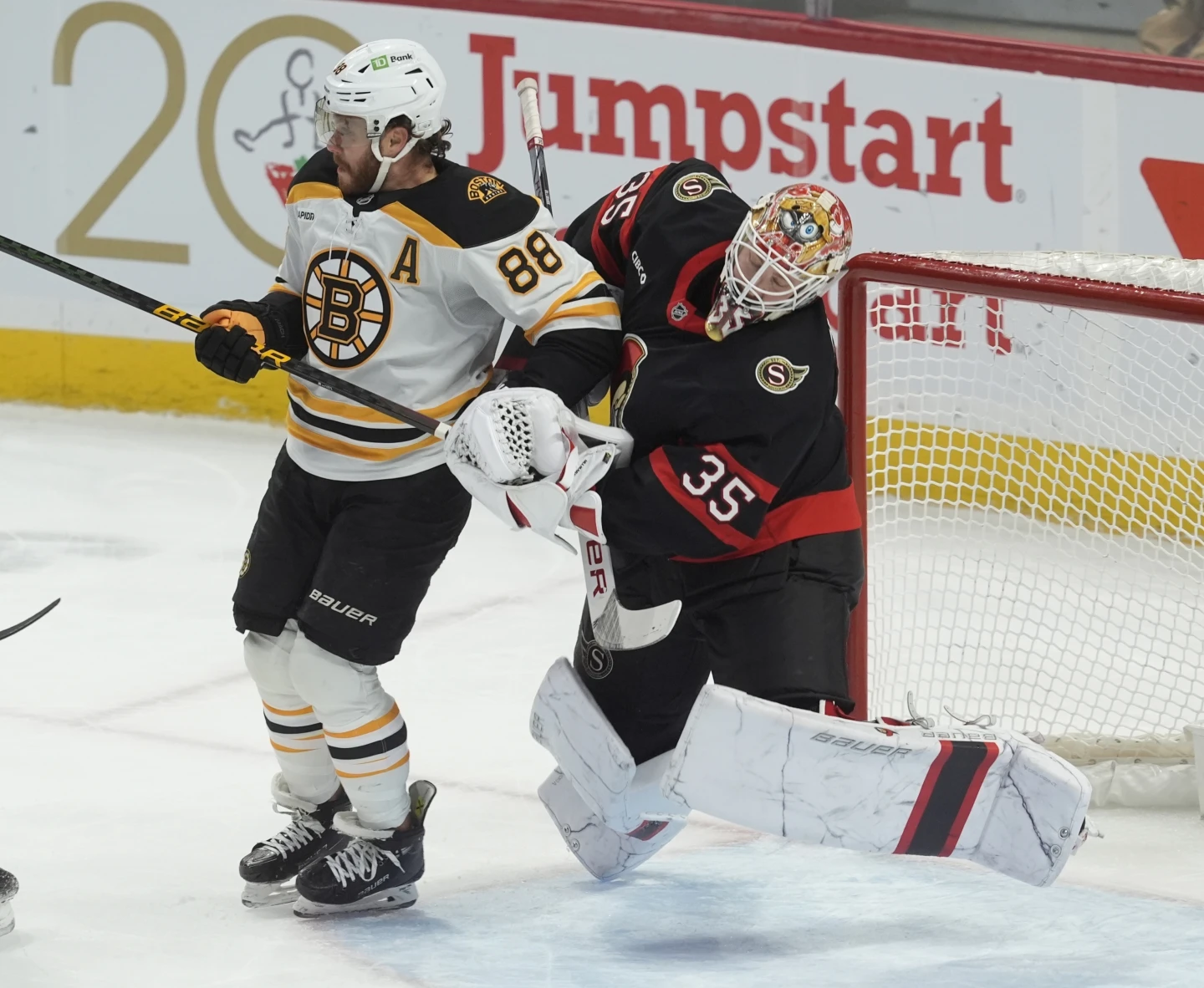
What is goalie interference?
“I know what I think it is,” said Colorado goaltender Mackenzie Blackwood about interference. “But I don’t know that’s what it actually is.”
Director of officiating Stephen Walkom and other officials have told teams they need to have video evidence to challenge a call on the ice. If a challenge is lost, it results in a minor penalty.
“These aren’t black and white,” said VP of hockey operations Kris King. “There’s a lot of judgment, not only from the guy calling it in real time but also from us, as well, when we’re looking at these plays.”
It is explained under section 69.1 in the NHL rulebook: “Goals should be disallowed only if: (1) an attacking player, either by his positioning or by contact, impairs the goalkeeper’s ability to move freely within his crease or defend his goal; or (2) an attacking player initiates intentional or deliberate contact with a goalkeeper, inside or outside of his goal crease.”
There is another clause: “Incidental contact with a goalkeeper will be permitted, and resulting goals allowed, when such contact is initiated outside of the goal crease, provided the attacking player has made a reasonable effort to avoid such contact.”
This has led to many different interpretations. NHL senior director of hockey operations Kay Whitmore, a retired goalie like Roy, called it “a convoluted rule.”
Through the first 1,048 games this season, there were 105 coach’s challenges for goalie interference, with the call being upheld 45 times and overturned 60. Last season, there were 88 challenges, with 40 upheld and 48 overturned, compared to 85 in 2022-23 with 43 upheld and 42 overturned.
“Any time you have a coach’s challenge, someone’s mad,” said Campbell. “We’ll get a manager saying or a coach, ‘Well, I saw that play three weeks ago in a Winnipeg-Edmonton game, it’s the same thing tonight.’ We say: ‘No, they’re all snowflakes. They’re similar but not exactly the same.’”
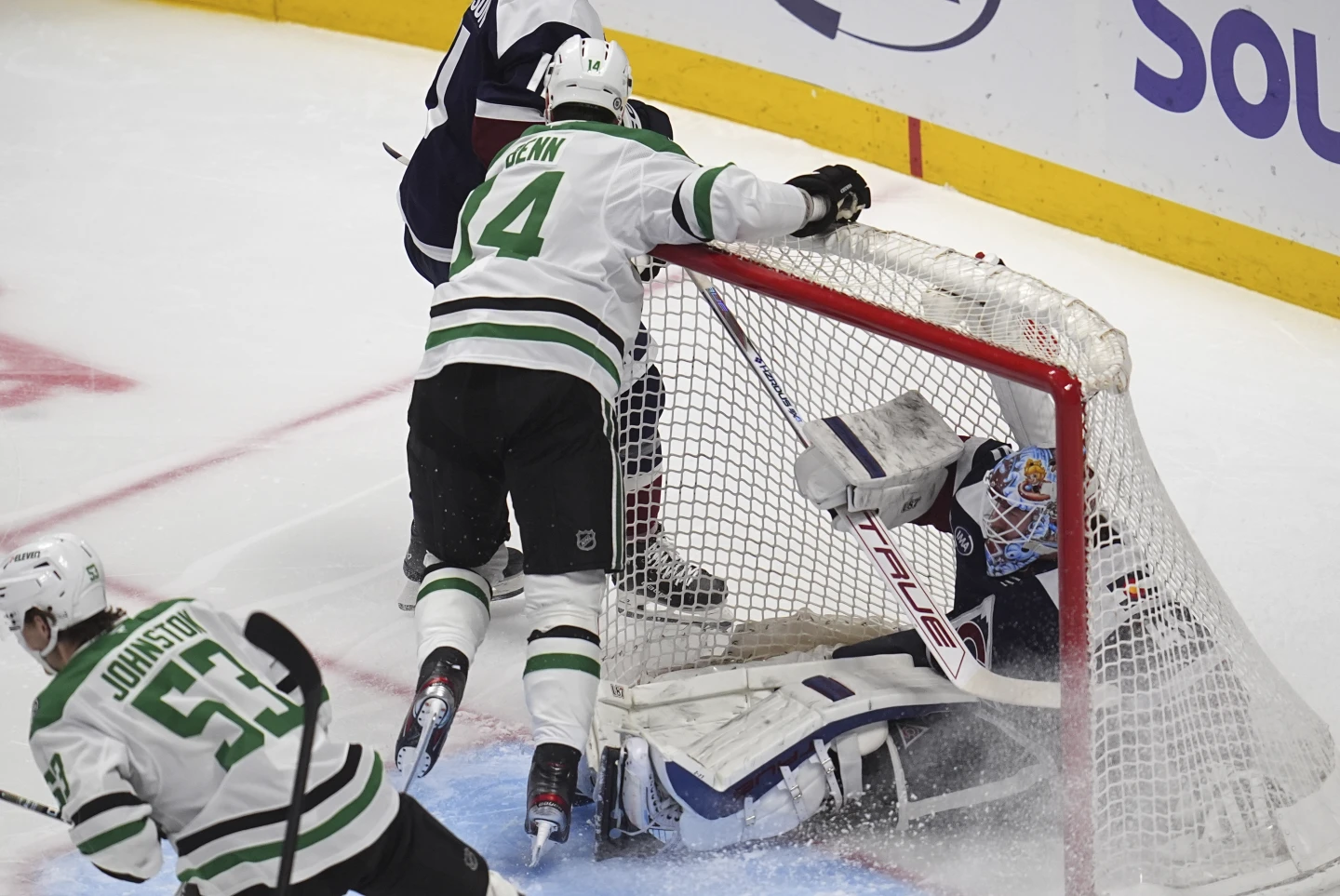
Sorting through the confusion
There’s enough uncertainty in how the rule is interpreted that Florida coach Paul Maurice has a checklist he follows before deciding to challenge. First, he talks to goaltender coach Rob Tallas, who looks at the play from a goalie’s perspective. Then, the video team gets involved to see if there’s clear evidence. All these factors are combined with a gut feeling.
“Do I think that’s goal interference?” Maurice said.
This whole process is supposed to happen in about 30 seconds before the game moves on. If Panthers goalie Sergei Bobrovsky is upset about a play, Maurice will probably challenge, regardless of whether he believes Bobrovsky is right or wrong.
“I’m probably calling it regardless of whether I think he’s right or wrong,” Maurice said.
However, this changes in the playoffs.
“When you get into the playoffs, that’s not true. I’ll look at it and think, ‘Am I getting this call, or am I not?’” Maurice explained. “Then I’ll make that decision.”
Avalanche coach Jared Bednar was angry earlier this season after a collision in a game against Buffalo. Colorado goaltender Scott Wedgewood was hurt and down on the ice after Sabres forward Zach Benson crashed into Avalanche center Parker Kelly, falling into Wedgewood’s right leg.
Benson got up, took control of the puck, and scored while Wedgewood was still down inside the goal. Bednar didn’t like how long his goalie was down, so he challenged for goaltender interference. It was mostly out of frustration.
“It gives them another chance to do the right thing,” Bednar said. “The goal shouldn’t have counted, and so, yeah, I was mad. So we just did it.”
Bednar talked to the league the next day. They understood each other’s point of view, even though they still disagreed.
“There’s lots of things that we look for,” Bednar said. “Does he go in on his own, does he get pushed in? Does the goalie have time to get reset? You’ve always got to look at the blue paint, too. There’s a bunch of things.”
The league’s criteria involves whether contact was intentional or incidental, whether it happened in or out of the crease, if the defending player caused it, and if the goaltender had time to reset.
“It’s pretty complex,” Walkom said, confident that the standard has been clearly communicated to teams. “We’re not far off. Maybe originally when we started, there were some differences of opinion, but there really isn’t now.”
Technically, nachos on the ice aren’t part of the rules for goaltender interference. A tray of nachos was thrown onto the ice from the stands during a play in Edmonton. Corey Perry weaved past the tray and scored as Capitals goalie Logan Thompson pointed out the food to officials.
“That’s a first,” Washington coach Spencer Carbery told reporters. “I don’t think I’ve ever seen nachos on the ice in a National Hockey League game.”
